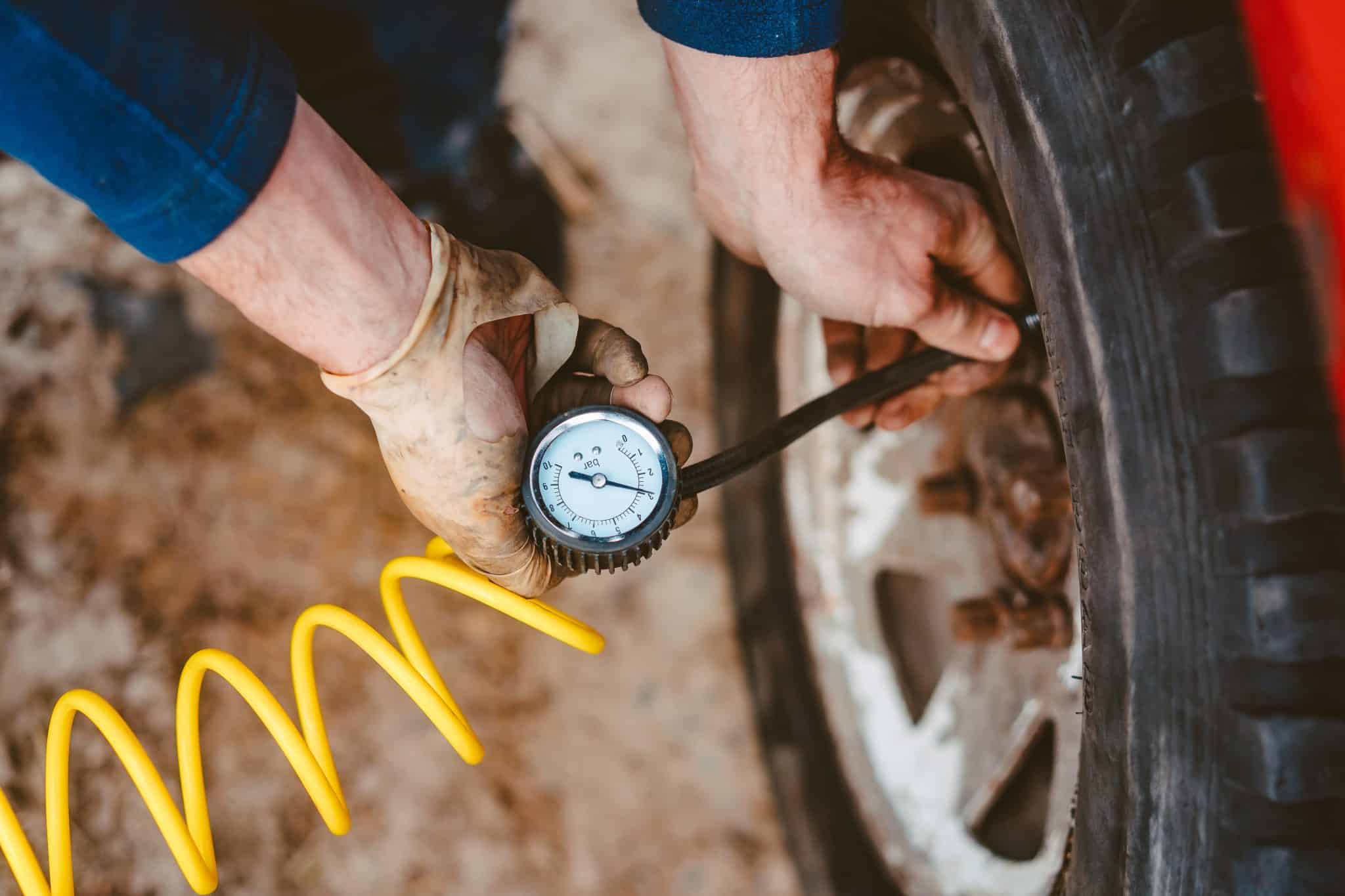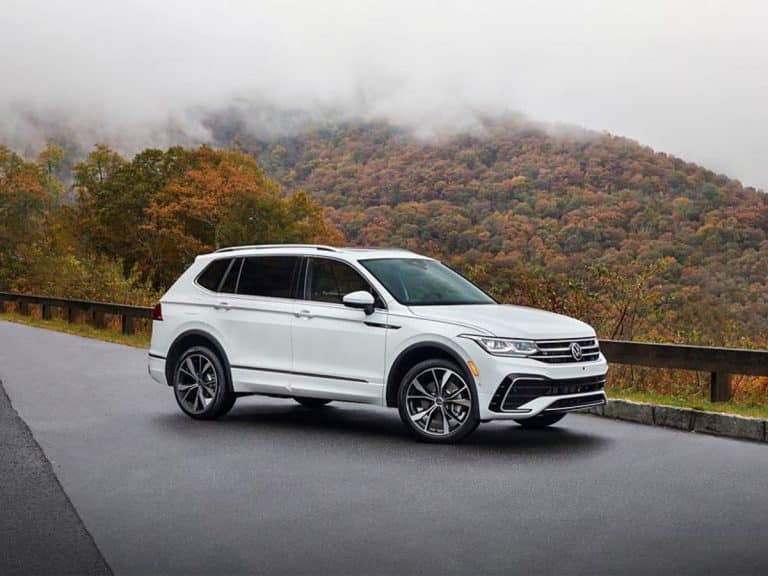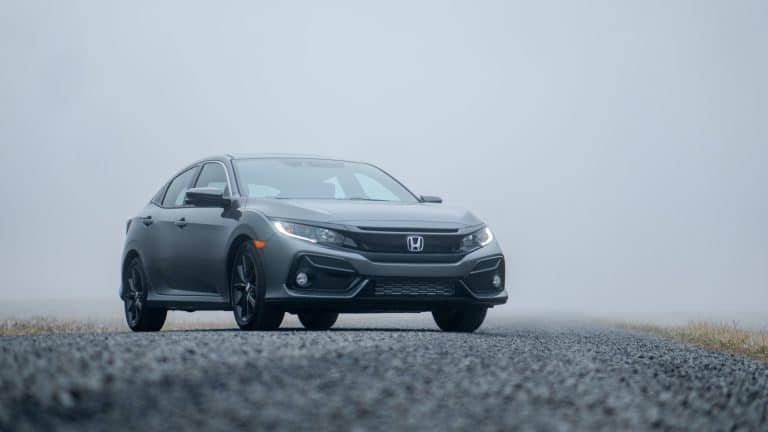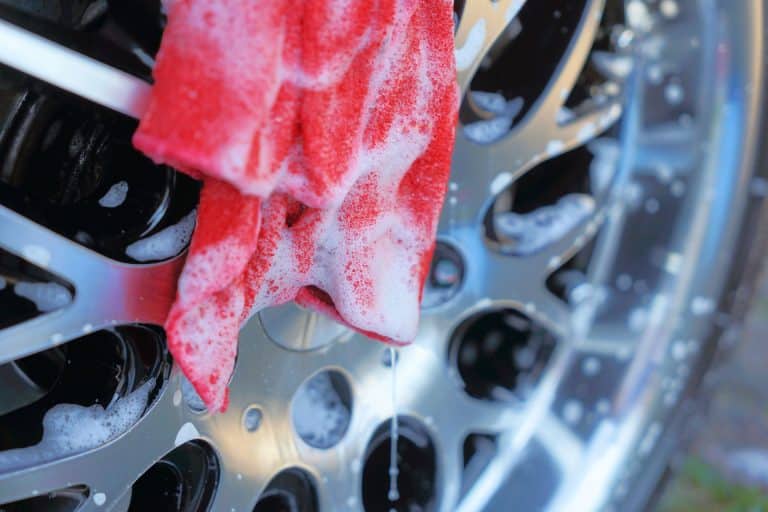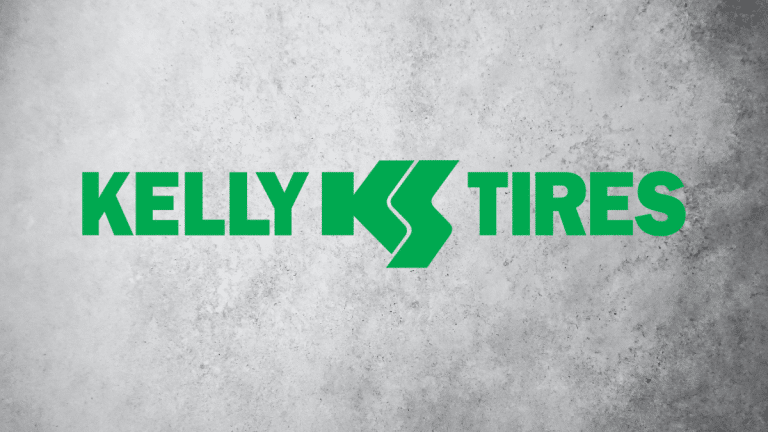Tire Pressure in Different Conditions
I will risk sounding like a broken record, but proper car maintenance is crucial. It’s a sure way to have your car running as long as possible while providing you with all the safety it’s designed for. As part of the overall car maintenance, we have the tires.
Whenever I talk about tires and the proper way to use them, I mainly mention the pressure. There are many aspects that are included in tire maintenance, and pressure is one of the more important ones. Car manufacturers specify the optimal tire pressure to get the best performance and the longest lifespan of the tires.
Today, I’ll talk about another aspect that may contradict everything I’ve said about maintaining optimal pressure. Believe me, there is a good reason for that, and if done right, you’ll avoid all the possible drawbacks of going with a different pressure than the specified one.
The biggest disclaimer I can give you here is that there is a potential to damage your tires, so do this at your own risk. I’ll do my best to explain everything, but if you’re unsure, don’t try this to avoid any potential damage.
Why is Tire Pressure Important?
The goal of the tire pressure is to give it the necessary form and provide you with the proper performance. When it comes to the exact number, it will vary depending on the model and trim level of the car. Often, you’ll find different recommended pressures for loaded or unloaded vehicles.
From the factory, each tire can withstand a certain amount of pressure before it blows, and we call this maximum inflation pressure. The number is higher than the optimal pressure car manufacturers recommend, so you’re perfectly safe. Also, the pressure varies depending on which model we’re talking about.
As for the tire pressure recommended by the manufacturer, again, it depends. During development, they test to see which pressure is optimal so that the tire can hold the car’s weight and provide the necessary performance. In most cases, you’re looking at 30 to 35 PSI, but double-check the recommended pressure for your model.
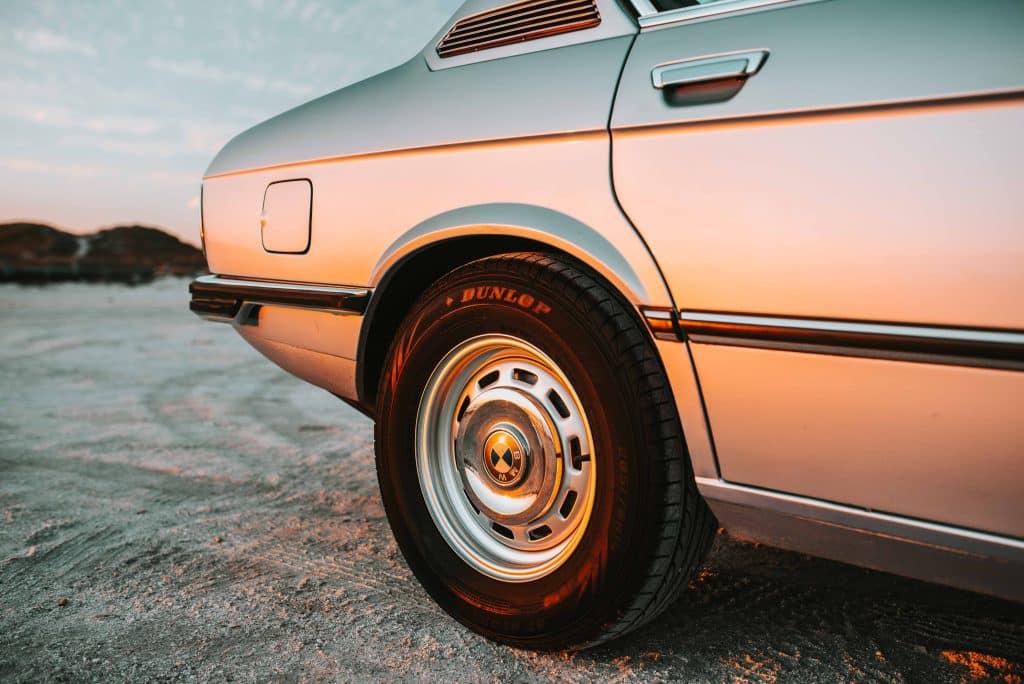
The critical thing to note here is the contact patch. You may have noticed that even when properly inflated, the tire sits a bit flat on the road. This is by design, and it’s what we call a contact patch or contact area.
Having a bigger contact patch means you’ll get more grip and traction, which is where the idea of underinflating comes from. At optimal pressure, the tire carries the weight of the corner of the car without the sidewall squishing. By reducing the pressure, it will be more squished, and you will get a bigger surface area.
Does this mean you’re getting more performance? It depends on the conditions, as there are situations where you may gain some, but you’ll risk damage in others. Also, don’t forget that underinflation leads to uneven tire wear.
So, all this contradiction means that I have no idea what I’m talking about. Not exactly, but to give you a better explanation, let’s discuss some real-world scenarios and situations where you may want to consider dropping the pressure.
Dry and Wet Conditions
I’m putting both of these in the same category because things are similar for both. Regardless if you’re driving in dry or wet, it’s best to keep the pressure as close to optimal as possible. This can be especially crucial for wet driving because the conditions aren’t as perfect as in dry.
With the contact patch being the main aspect people think of, I can understand why they’d be tempted to do so. Unfortunately, in these situations, you won’t get massively better performance, and in some cases, you may even lose some when you drop the pressure. Add the potential damage to the tire into the mix, and you have a recipe for disaster.
Snow and Ice Conditions
Now we come to the moment where you may want to consider dropping the pressure. When it comes to driving in snowy conditions, the most important aspect is to have a set of winter tires. I won’t dive into this too much, but the goal is to have a good performing set and a deep-enough pattern to ensure you get the best possible performance.
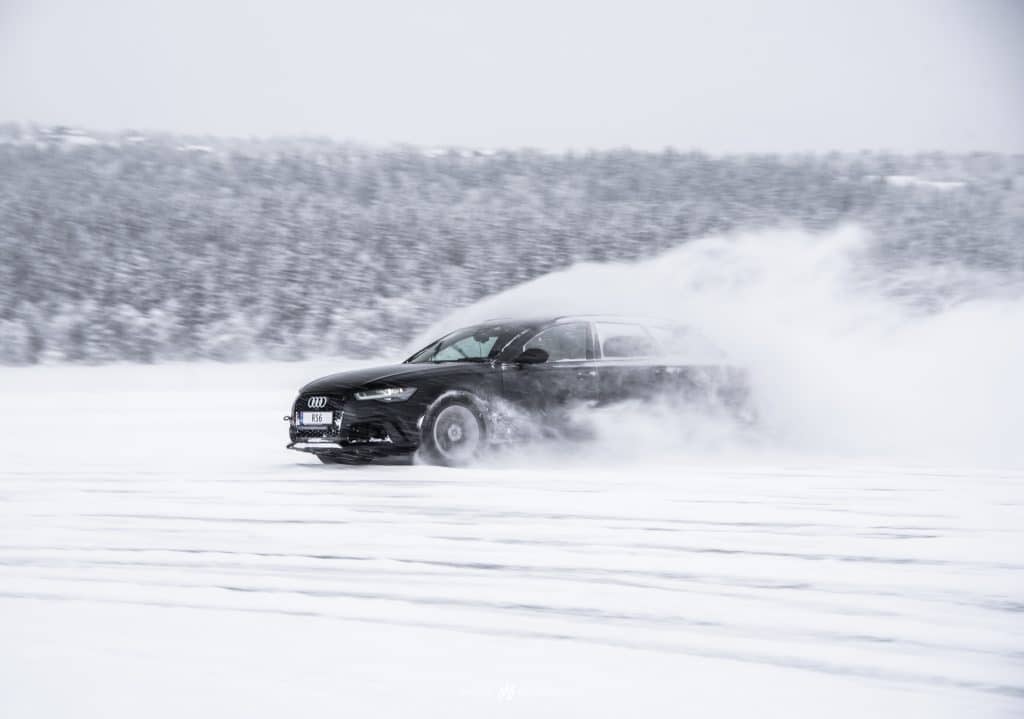
What about the pressure? There is something to gain here, as long as you do it correctly. These conditions aren’t ideal, and you’d want to have the highest traction possible. At the optimal pressure, the car’s weight compresses the tire a bit and gives you a certain contact patch to work with. Going under the recommended PSI means the internal pressure won’t hold the weight, and the tire will squish. This would result in an increased contact patch, which should give you more traction.
This comes with some drawbacks, and handling can be one of them. Depending on how much you push your car, the increased patch means it won’t slide as much, but it will be slightly more spongy than with the optimal pressure. This isn’t necessarily bad because when you load up the outer tires in a corner or the fronts during braking, you’re also increasing the surface area. With that said, you should be mindful that the car won’t handle the same, so keep that in mind.
Off-Road Conditions
Similar to winter conditions, when it comes to off-roading, the most important thing is to have tires designed to operate in those conditions. Touring tires won’t do well, so going for all-terrain or mud-terrain tires is the best approach. They will deliver better performance, but airing them down can help you get more. The most important thing to note here is that there is a difference between different conditions, so let’s go through them quickly.
A common off-road scenario is driving on gravel and dirt roads. In this regard, things aren’t too different when compared to driving on snow. A good set of tires will offer excellent performance, but dropping the pressure will give you a bit more. By increasing the contact patch, you’ll increase traction, so you’ll get less slip, even in more aggressive scenarios. Having “softer” tires also means you’ll get a slightly more comfortable ride, at the expense of the car feeling bouncy in some situations. Finally, the reduced pressure also means that the changes of a puncture from sharp rocks are reduced.
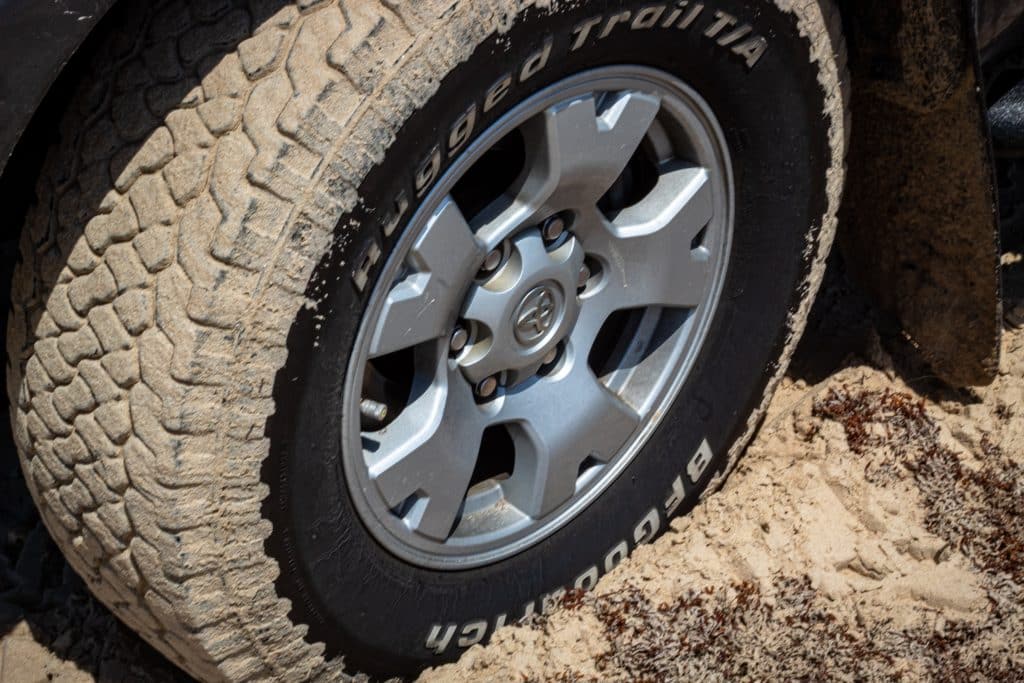
Mud and sand are tricky situations, and people often get stuck. A good way to mitigate the issue is to drop the pressure. Increasing the surface area reduces the chances of sinking, similar to those snow shoes resembling tennis rackets. The method works, but you’ll still need to be careful. In these situations, you’ll need to judge the conditions and how to approach them. Flooring the gas may get you stuck even more, or it can help you get out of a tricky situation.
Whenever I talk about mud-terrain tires, I mention their ability to drive over rocks with reduced pressure without suffering any damage. Dropping the PSI number will squish the tire a lot, but it will also help you with traction when crawling over rocks. When a tire is underinflated, the vehicle’s weight will press it into the ground, in this case, the rocks. Since it’s softer, it will “mold” itself to the surface you’re driving on and will provide you with more traction. This is especially important for rock crawling because you rely on that traction to get you over an obstacle.
How Much to Reduce the Pressure?
Now we come to the interesting part of the guide where I tell you that I don’t have an answer for that. Regardless of whether you want to drop the pressure for winter or off-road driving, the exact number depends on many factors. They can range from the make and model of your car to the size of the tires and weight you’re carrying. There are many models with different tire size options, each with different optimal tire pressure. Also, some cars may have different optimal pressures for the rear tires. This is because, unlike the front tires, the weight on the rear tires can vary depending on how many people sit in the back or the weight of your cargo.
It’s a thin line between dropping the pressure to improve performance and damaging the tires. To ensure that your experiment won’t cost you several hundred dollars in tire replacement, make sure to reduce the pressure gradually. You can go a few PSI at a time until you reach a point where it’s dangerous to go lower. You’ll notice this when the tire gets overly deformed, to a point where it will seem squished from the weight.
I’ll mention this again, if you’re unsure or don’t have any experience with it, consult a professional, or don’t try this at all. This process is a balance between using the tires at a pressure lower than the recommended one without damaging them.
A Few Disclaimers
As straightforward as the process seems, there are a few things you should be mindful of, and the most important one is the equipment. Veteran off-roaders deflate their tires by touching or visually looking at them. It works, but you’ll need a lot of experience to reach that point. Therefore, I recommend having a tire pressure gauge so that you can monitor how much you deflate them. It’s easy to overdo it, so it’s best to be safe than sorry.
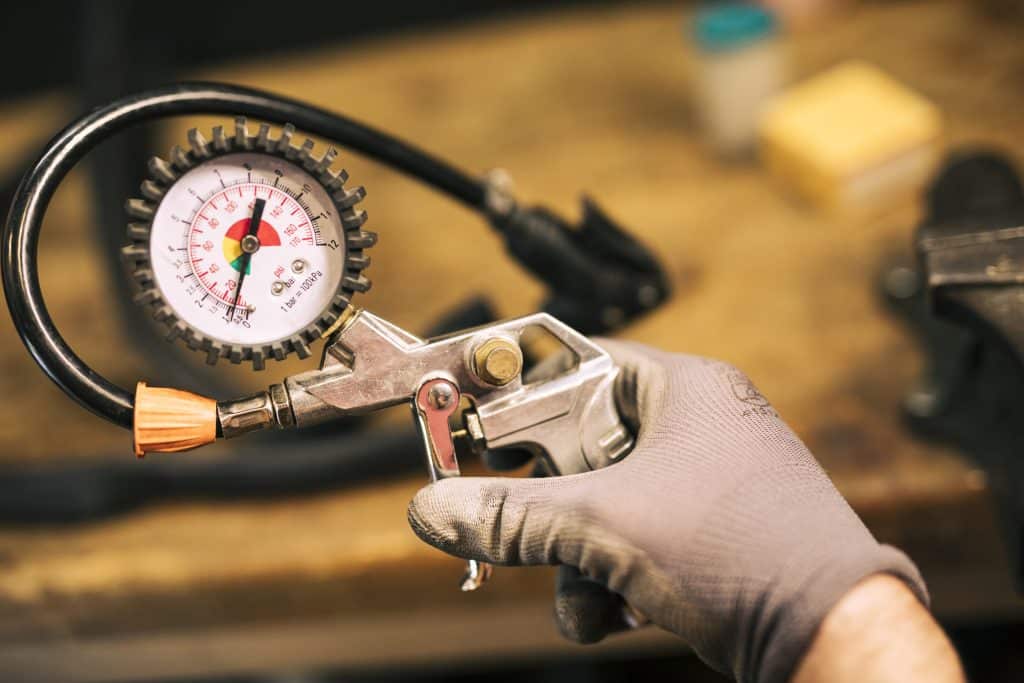
Another piece of equipment you’ll need is a portable tire inflator. Dropping the pressure is only one part of the story, and you’d want that only in certain conditions. Once you’re back on the road, driving with deflated tires for a long time can lead to uneven wear. This is why it’s important to reinflate your tires to the optimal pressure when you get back to driving on paved roads.
Conclusion
I often talk about how important it is to keep the tire pressure optimal and as close to the recommended as possible. You’re getting the necessary performance without sacrificing the drivability or longevity of the tires. With that said, there are some situations where dropping the pressure may help.
In certain conditions, going for a lower PSI number can help you get better performance with some minor compromises. In the long run, they won’t do massive damage but can help you get out of some sticky situations. The most important thing is to ensure you don’t reduce the pressure too much, in which case, tire damage becomes a serious threat.
